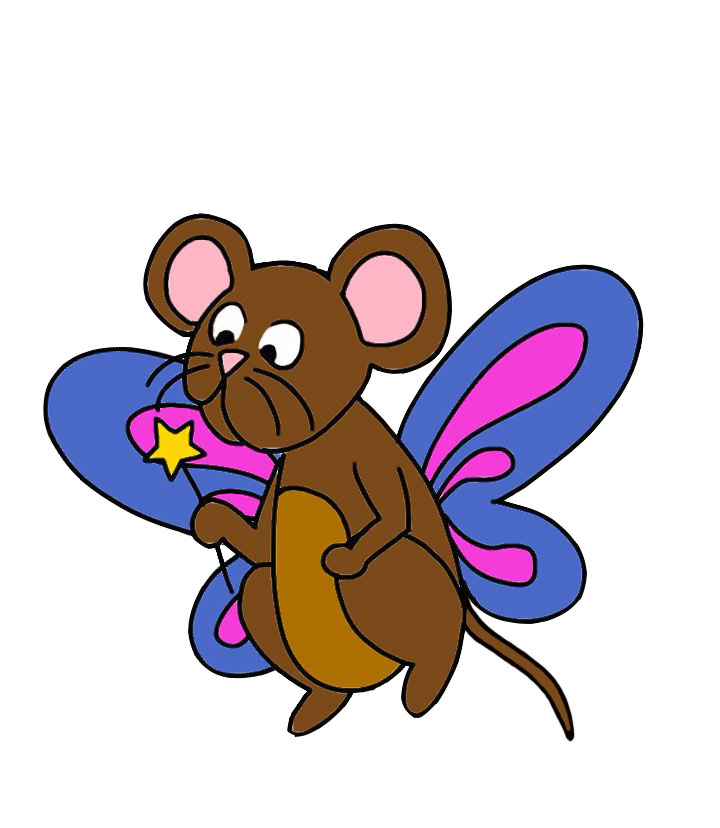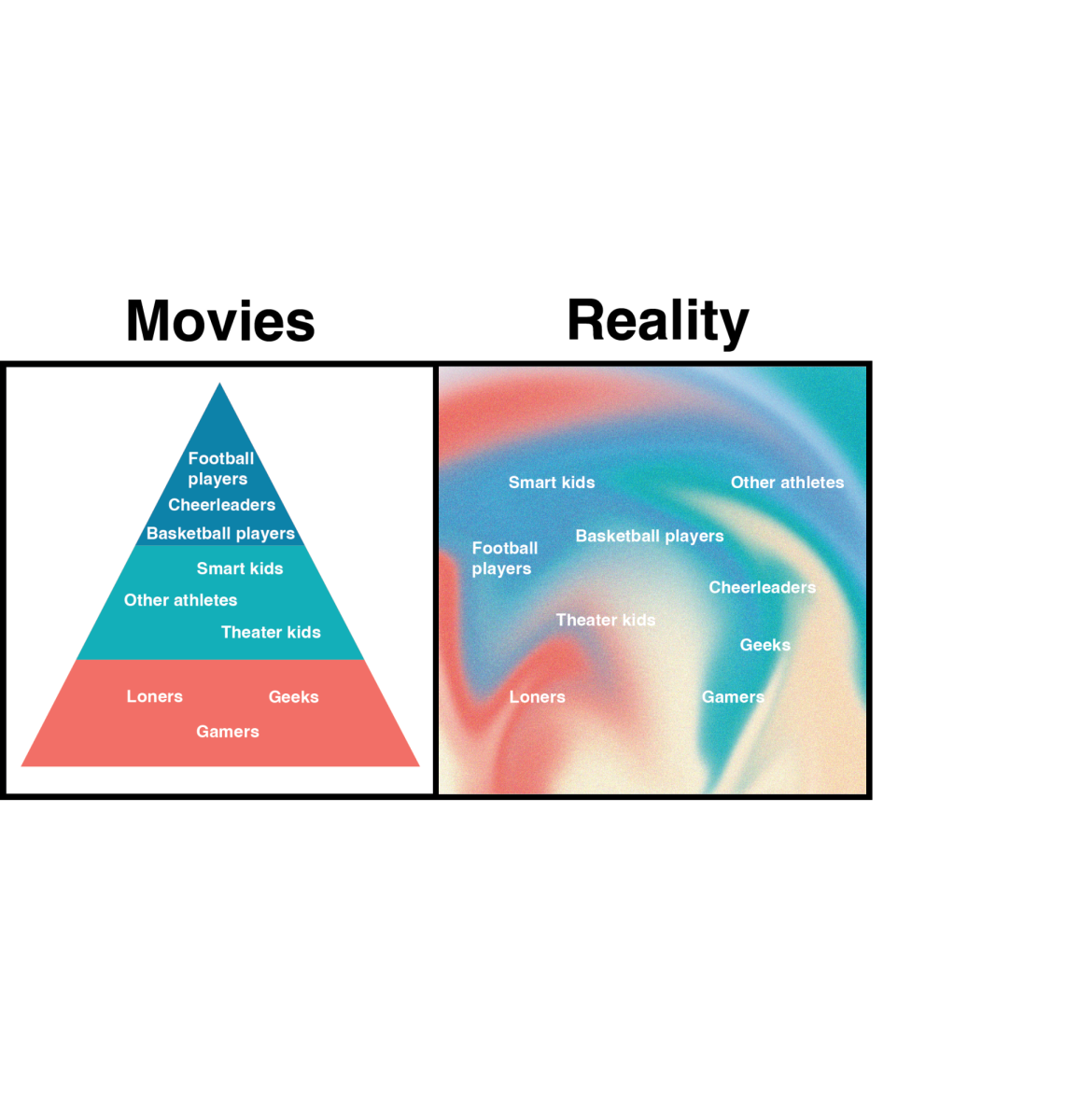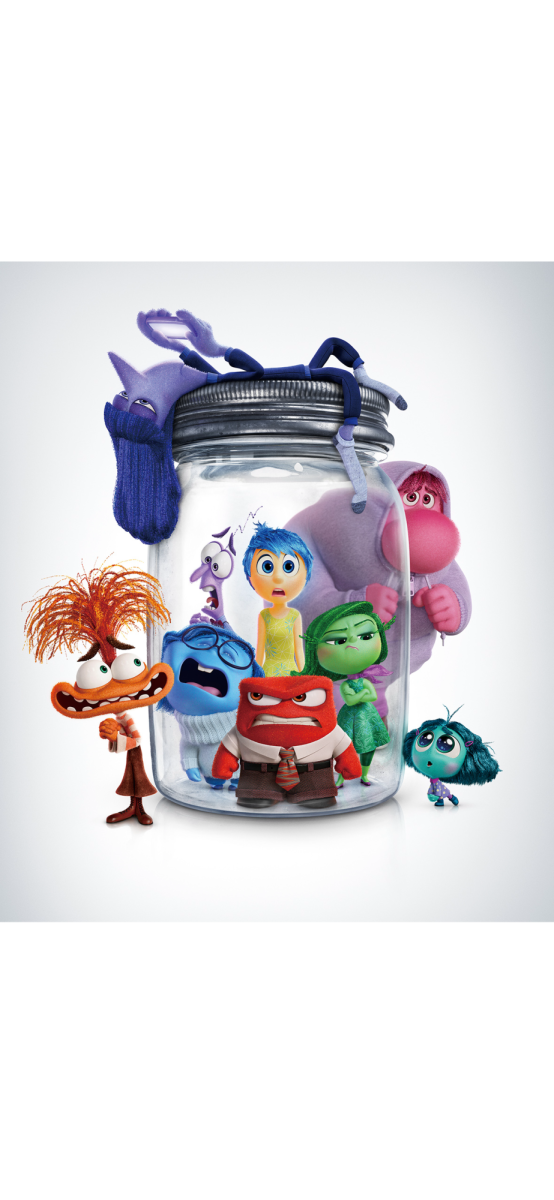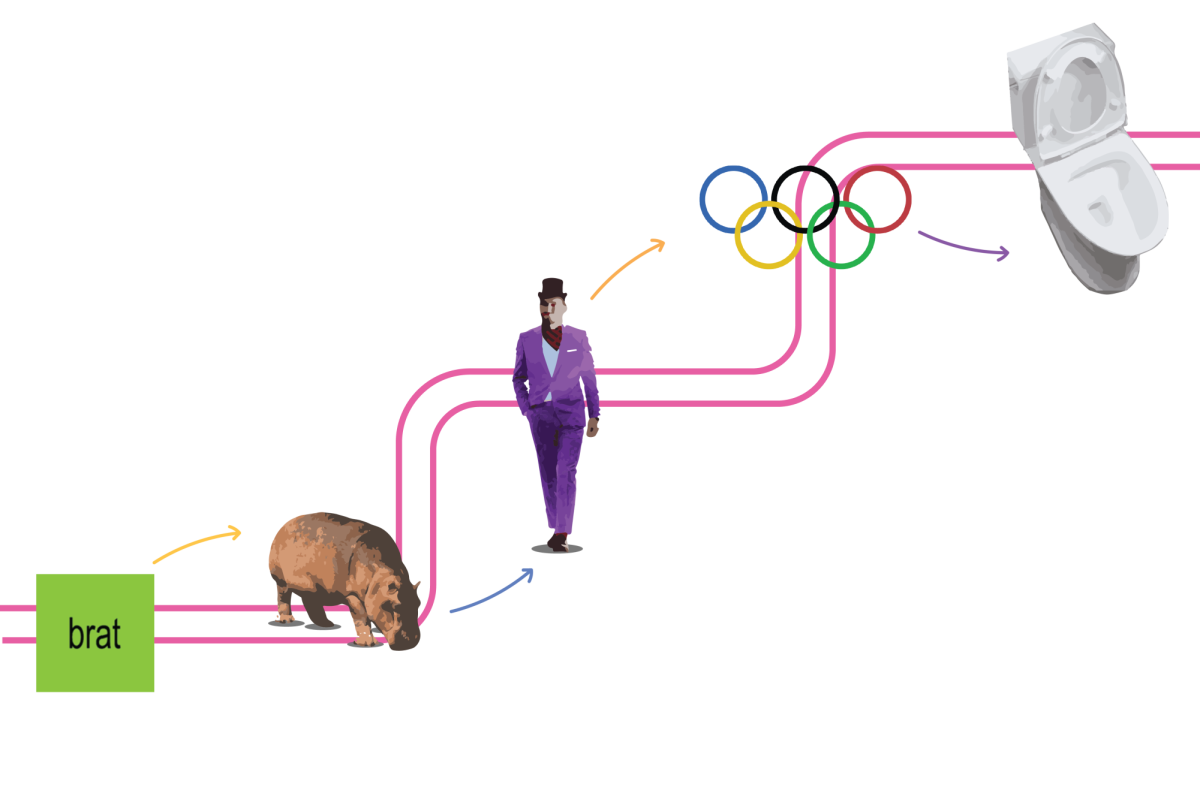When I was younger, I remember listening to the story of Cinderella and dreaming about being a princess–every young girl’s dream. By far, this was my favorite bedtime story, and the happy ending felt calming and relaxing right before bed.
After finishing a tough day at school or work, most of us yearn to go to sleep, but have trouble falling asleep despite being exhausted. Sometimes there is too much going on in our minds that we tend to focus on what we have to complete the next day and end up spending more time trying to fall asleep than actually sleeping. When we cannot sleep, most of us turn on the television or use our computer instead of pulling out a book. The bright light emitted from the TV slows the secretion of melatonin, which is a hormone vital for sleeping well. A great alternative to technology is to read before bed.
Although high school may seem past the time for bedtime stories, re-reading familiar stories retold by other cultures can be interesting. According to Spanish teacher Amarilys Heard, certain elements within familiar bedtime stories are different in Spanish culture.
Goldilocks, a story popular in English speaking countries, is also retold in other languages, such as Spanish. Instead of the three bears cooking porridge, those in the Spanish version cook a traditional Spanish dish such as chicken and rice soup.
Another popular bedtime tale is about the tooth fairy. The tooth fairy originated from various countries in the Anglosphere, and parents would secretly take their children’s teeth in exchange for glitter and money. The glitter was a symbol for fairy dust and would be sprinkled on the child’s floor. Nowadays, the popularity of sprinkling glitter has diminished, and a small sum of money or a gift is placed under the pillow.
In Puerto Rico, instead of a tooth fairy, a small mouse visits the home and takes the tooth from under the pillow.
“The only time when you would hear of a fairy, if you ever heard one, was maybe in Cinderella or Tinker Bell,” Heard said.
French culture also replaces the tooth fairy with a mouse. Every time she visits France, French teacher Vanessa Spallone buys classics she enjoyed as a child. Many of these bedtime stories would have a bad fox, wolf or enemy.
One of her son’s favorite stories, Roule Galette, is about a fox trying to catch a galette, which is similar to a pancake. The galette rolled through the forest as the sneaky fox tried to catch it. On the final page, the fox suddenly eats the galette.
Despite the variations, most bedtime stories have a conflict that is resolved and that teaches a moral.
“We have a tradition of using animals to portray human character,” Spallone said.
Not all bedtime stories have happy endings as children desire. However, the main difference between American and French cultural bedtime stories are that French bedtime stories are scary. Spallone remembers her son having nightmares some days.
Nowadays, many parents might not read bedtime stories to their younger children and instead allow them watch TV shows or movies derived from these books. Watching TV shows or movies right before sleeping is not as calming.
Although it is common to believe that bedtime stories are meant for little children, teenagers and adults can find a wide variety of both that are both calming and fascinating to read.
















